Clophill / Beaulieu / Bedlowe / Bello Loco / Cainhoe / Caynehoo / Caynho / Chainehou / Clopelle / Kayno
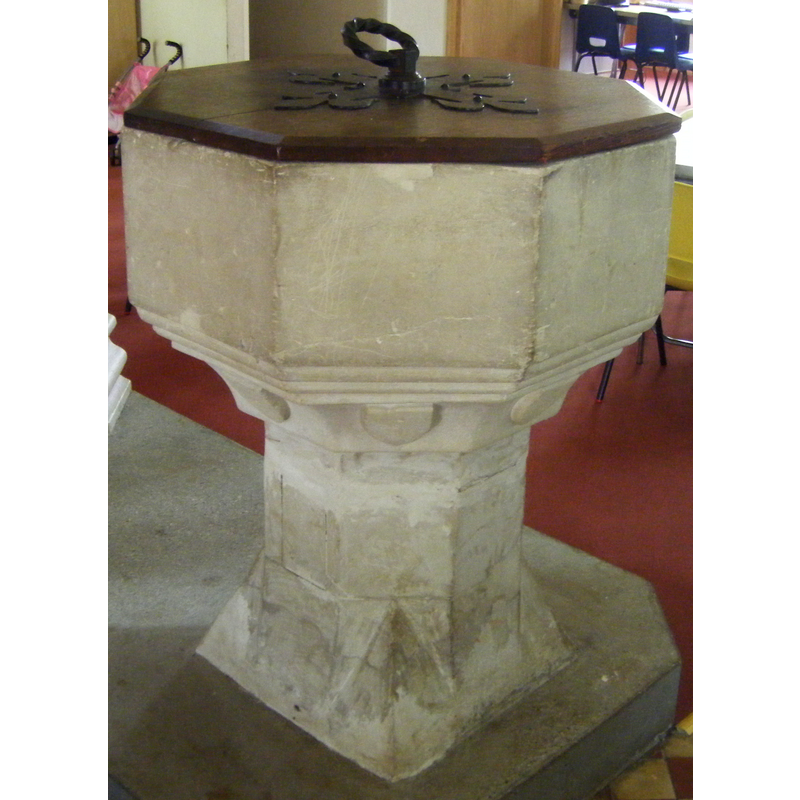
Image copyright © Andrew Hicks, 2012
Image and permission received (email of 16 May 2012)
Results: 7 records
BU01: symbol - shield - blank - 8
view of church exterior - northeast view
view of church exterior - south view
view of church exterior - southwest view
view of font - northeast side
view of font and cover - southeast side
INFORMATION
FontID: 18034CLO
Object Type: Baptismal Font1
Church/Chapel: Old Parish Church of St. Mary [in ruins]
Church Patron Saints: St. Mary the Virgin
Church Location: High Street, Clophill, Bedfordshire, MK45 4BY
Country Name: England
Location: Bedfordshire, East
Directions to Site: Located between Bedford and Luton
Ecclesiastic Region: Diocese of St. Albans [formerly in the diocese of Ely]
Historical Region: Hundred of Flitt
Font Location in Church: now in new St Mary's [cf. FontNotes]
Century and Period: 14th - 15th century, Medieval
Workshop/Group/Artisan: heraldic font
Credit and Acknowledgements: We are grateful to Andrew Hicks for his information on and photographs of this font
Church Notes: "The Old Church in Clophill is not the responsibility of the Church of England anymore, nor is it a consecrated place of worship. The Old Church is now legally the responsibility of Central Bedfordshire Council." [http://stmaryschurchclophill.org/History.aspx] [accessed 11 May 2012]
Font Notes:
Click to view
The Victoria County History (Bedford, vol. 2, 1908) notes: "Between 1140 and 1146 the church of Clophill with two virgates of land was given to Beaulieu Priory by Robert de Albini [...] The old church of St. Mary, now used as a mortuary chapel, is situated on a hill about half a mile from the present church in a north-easterly direction [...] The [new] parish church of St. Mary was built in 1848 [...] The earliest register extant begins 1568"; the VCH entry for this parish does not mention a font in it. The Parish web site [http://stmaryschurchclophill.org/History.aspx] [accessed 11 May 2012] notes: "The Font [in the new church] is believed to have come from the Old Church and has also been 'peripatetic', coming to its current position in 2003." Local historian Andrew Hicks sent the following communication (email of 16 May 2012) at BSI's request for information on the font: "As for the font [...] It is more likely that it dates from the re-fitting of the church by the de Greys - circa 1440. It is a plain limestone octagon on a column descending to a square base. The underside of the font has some simple mouldings and a set of eight plain gothic shield motifs around it. The stone is the same as that used for the windows and door frames in the church and its simplicity and lack of ornate Norman carving suggests a later date consistent with the 15th C rebuilding. The earliest mention I could find of the font is in "The Cleft in the Hills" - a book about Clophill Church by The Rev. William Grant, Hon.C.F.- written in 1958. This describes works done to the church in the early 19th C. [...] The book describes in detail the building of the new church and the cost of various fitments, but does not specifically mention the font. If a new font were to have been made then, it would probably have been mentioned. So more likely the font was one of the many features of the old church that were migrated to the new but I cannot state that for certain. In 1823 there is a note: "the Font be thoroughly cleansed from wash and be repaired with Parker's cement and washed a stone colour; and a new font basin be purchased." This description is consistent with the font now in the current St Mary's Church, which has a metal basin insert and evidence of having been painted with lime wash in the past, and whose column shows evidence of having been repaired with concrete where the top must have broken off at some point. Almost certainly, therefore, this is the same font as that at the old church and must therefore date from considerably before 1823 to have been in such need of repair then. The gothic style and lack of classical or Norman embellishment suggests late medieval origin, but we cannot rule out the possibility that it is a Victorian replacement."
COORDINATES
Church Latitude & Longitude Decimal: 52.03733, -0.40956
Church Latitude & Longitude DMS: 52° 2′ 14.39″ N, 0° 24′ 34.42″ W
UTM: 30U 677672 5768358
MEDIUM AND MEASUREMENTS
Material: stone, limestone
Font Shape: octagonal (mounted)
Basin Interior Shape: round
Basin Exterior Shape: octagonal
Drainage Notes: lead-lining
LID INFORMATION
Date: modern?
Material: wood, oak?
Apparatus: no
Notes: octagonal, flat and plain; metal ring handle; appears modern
REFERENCES
Victoria County History [online], University of London, 1993-. Accessed: 2012-05-11 00:00:00. URL: https://www.british-history.ac.uk.
![re-carved in the 19th century? [cf. FontNotes]](/static-50478a99ec6f36a15d6234548c59f63da52304e5/compressed/1120520014_compressed.png)
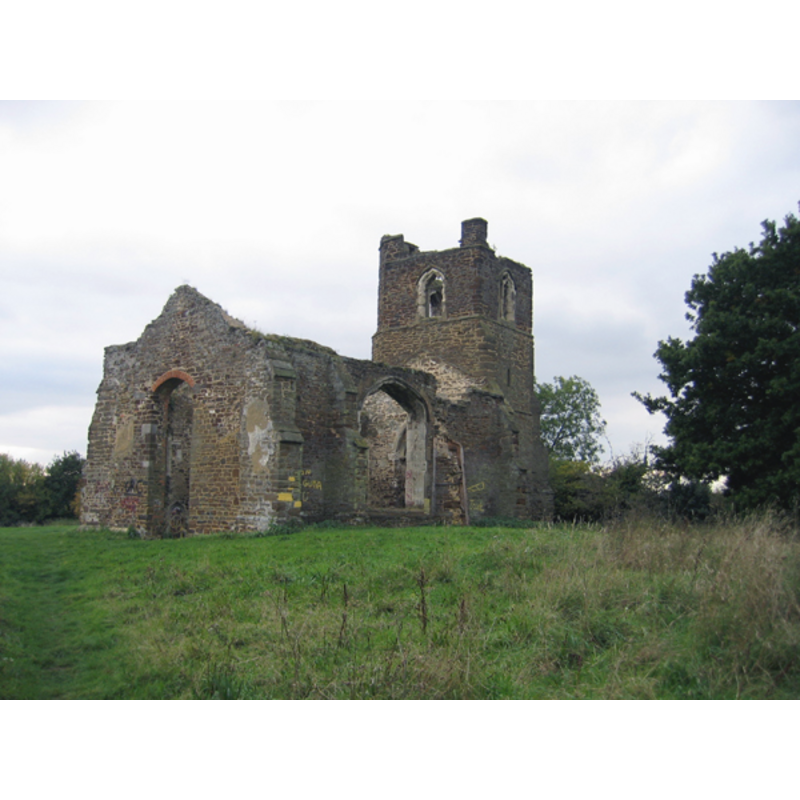
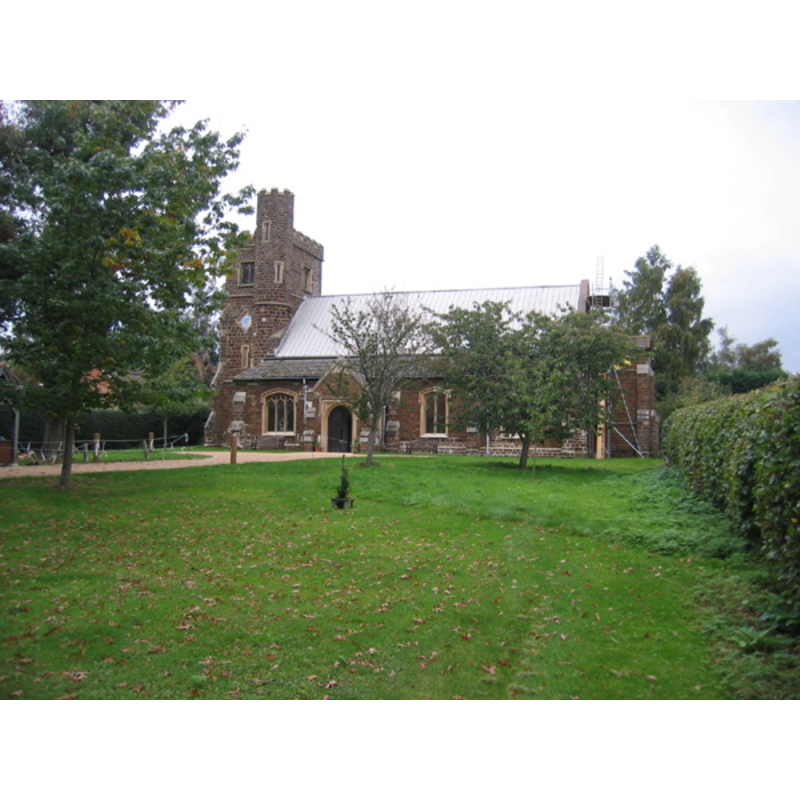
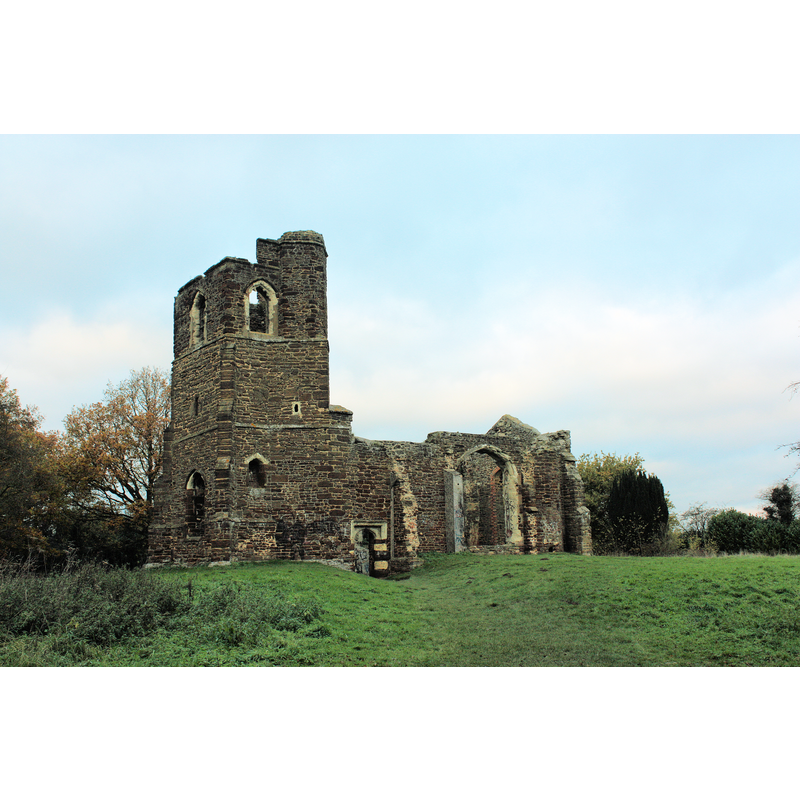
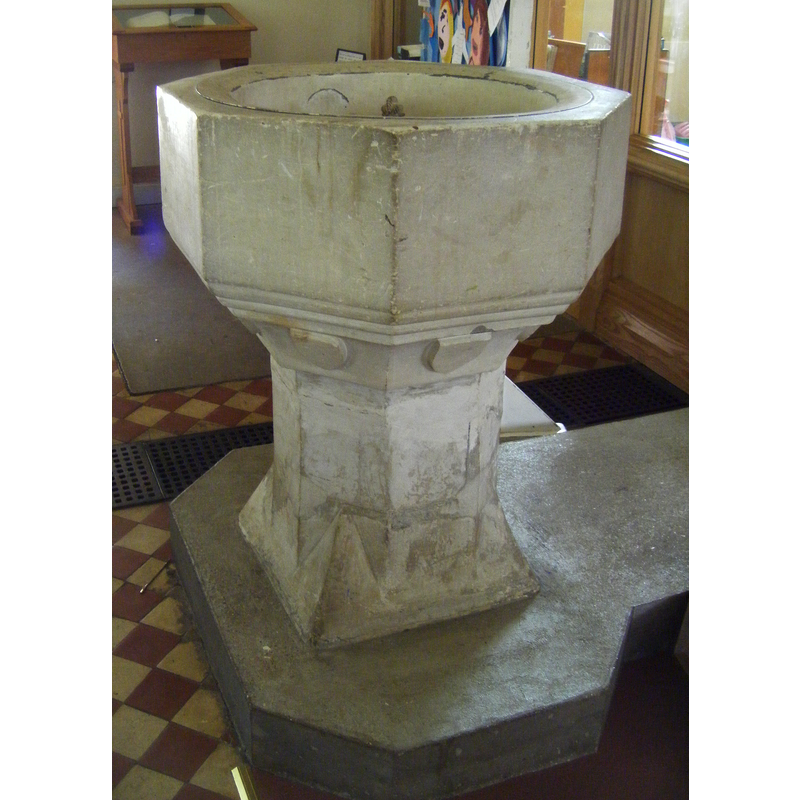
![[cf. FontNotes]](/static-50478a99ec6f36a15d6234548c59f63da52304e5/compressed/1120520011_compressed.png)